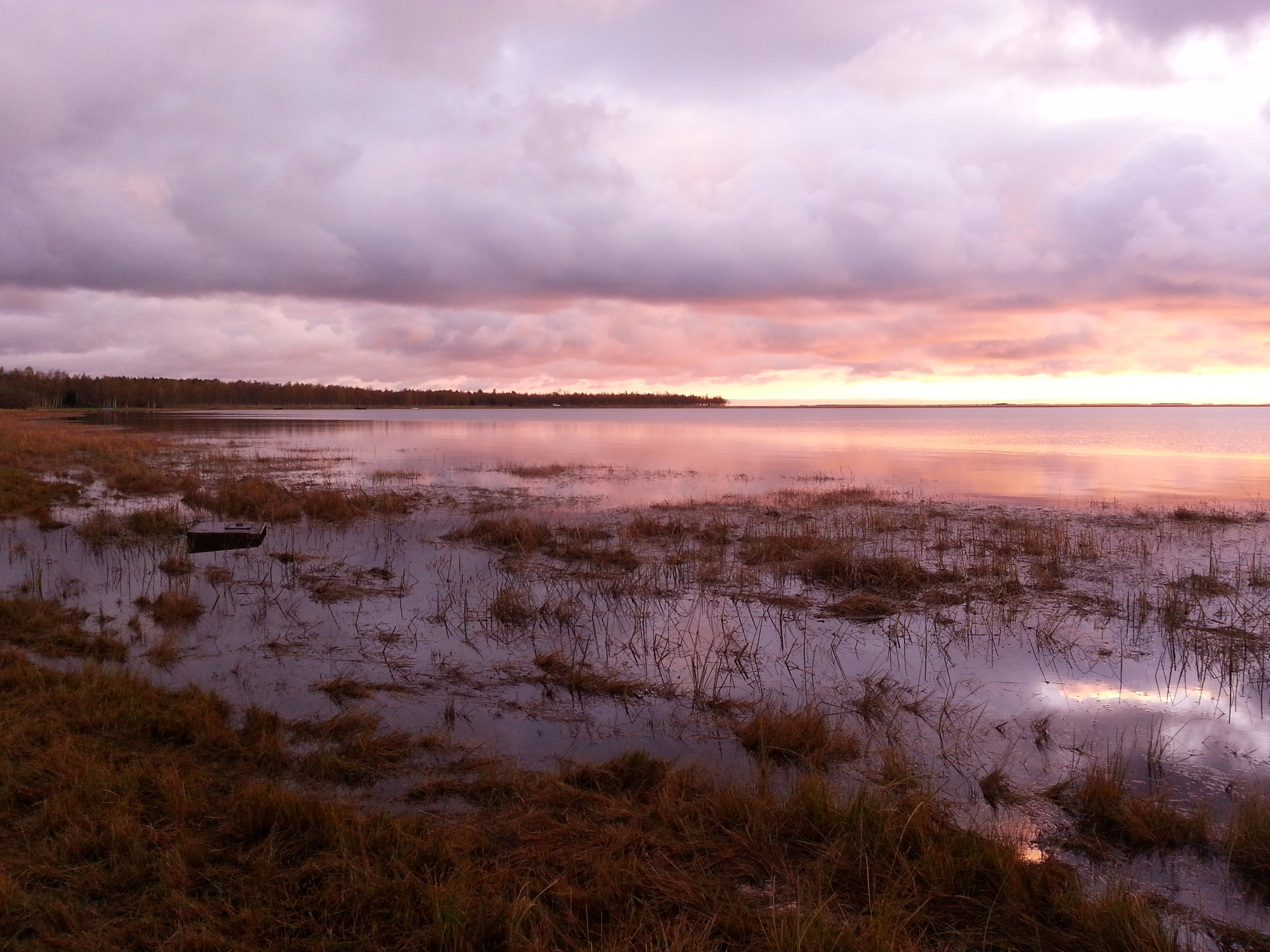Since the dawn of time we relied on wood to create tools and build shelters. Yet, in just about every science fiction depiction of the future, wood is almost entirely absent. This is because wood has been eclipsed in recent decades by a range of alloys that are harder and more durable. While these tough alternatives are certainly useful, they are both expensive to produce and non-renewable. Indeed, there has long been interest in finding a sustainable and low-cost alternative to these materials. Now new work is revealing a way for wood to be hardened in a manner that will bring it back into use once more.
Metals are not the only materials to have replaced wood. Plastics, concrete and ceramics have also come to be used for the construction of products that were once made of wood. This is definitely not for the best. Many of these materials pollute the environment when produced and when junked at the end of their usable life. This has resulted in materials derived from wood seeing a resurgence since they are both cheap to make and quick to decompose when disposed of. The only catch is that wood materials cannot be used where strength and durability are essential.
Teng Li at the University of Maryland found this conundrum vexing since cellulose, the main structural component of wood, is reasonably strong to begin with and low in density. This struck him as encouraging since a low density meant that there was potential for a mix of chemistry and physics to make cellulose much harder by forcing its molecules into a smaller space and thus dramatically increasing its density. Keen to explore this, he worked with a team of colleagues to invent a procedure for creating wood that would be as hard as metal.
The researchers worked with samples of basswood, a timber that is both abundant and cheap. They suspected that they would need to remove a portion of the structural compounds lignin and hemicellulose to make it easier for the cellulose molecules to be compacted together. To do this, they soaked basswood samples in a solution of sodium hydroxide and sodium sulphite until they were completely saturated and sank to the bottom. Next, the solution was brought to a boil to accelerate the chemical removal of lignin in particular. Once this was done, the samples were rinsed with de-ionised water and then put under a hot press machine that exerted 20 megapascals on them for six hours to squeeze out excess lignin and drive out water that had migrated inside. The wood was then put in a 105 degree Celsius chamber to fully dry it before being immersed in oil for two days to make the surface water resistant.
When all of this work was complete, Dr Li and his colleagues ran a test on their creation known as the Brinell hardness test whereby a carbide ball was pressed into the modified wood at increasing pressures until it made a dent of 200 micrometers in size. This revealed that they had enhanced the hardness of basswood from a meagre value of 1.32 to a respectable 31.21. That value is not in the same league as steel, which has a Brinell hardness of 120 but it is twice that of aluminium, which has a value of 15, and close to the value of copper, which has a value of 35.
Pleased by this result, the team created table knives and nails with their hardened wood to try and determine how practical this material would be for being used in these sorts of items. When they examined the knives that they had made under the microscope they found that theirs were three times sharper than steel dinner knives that they had purchased at the store. This increased sharpness is because compacted cellulose molecules form a better edge than metal ones. As for the nails that they created the researchers found that they were easily smashed into timber with a hammer and did not break in the process. Given that such nails are lighter than steel and will never rust in the rain, the future may have a great deal more wood in it than many were expecting. This just published online in Matter. I wrote it up as a short piece for Economist Espresso.




